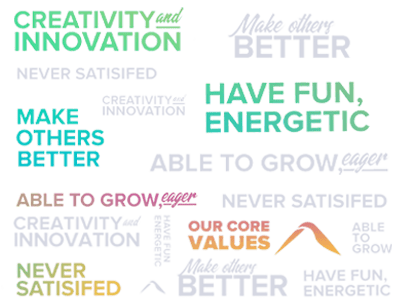WHO IS BILL GOSLING?
We used to have a boring name – it’s ok, we admit it – but over the years, our company’s unique heartbeat has come to the forefront and now we’re named after a fictional goose. Talk about a turnaround!
Although it might seem like an unusual choice, it was important to us that our name reflected the driving forces of our company and some of our central inspirations: our people, the way we work, and “The Gift of the Goose” (as described in Ken Blanchard’s 1998 book Gung Ho).
So, there you have it. But, rest assured, we’re not just a quirky name. We’re an experience built on trust, transparency, agile solutions, strong values, and certainty of supply.
We picked a gosling (baby goose) because we love being part of something that grows and thrives to the point where geese can fly, and they do so in formation, supporting each other during long journeys. Likewise, organizations thrive when employees cheer one another on recognizing and celebrating achievements, providing positive feedback, and fostering a supportive environment, which all contribute to astonishing results. The Gift of the Goose is powerful!




Resources

Guiding the Flock
Our top birds guide us to new horizons while remaining firmly set on delivering unparalleled quality and innovation. We invite you to get to know these architects of Bill Gosling Outsourcing and their inspiring stories.
Come Join The Flock!
At Bill Gosling Outsourcing, your career is not just a job; it's a journey of growth, learning, and fulfillment. We're always on the lookout for talented Goslings to join our team and contribute to our mission.
search job openings








Social Impact
Our Social Impact initiatives are rooted in its core values, guiding it toward a more sustainable, equitable, and inclusive future. Through collaboration, innovation, and empathy, we, the Goslings, address critical societal challenges and inspire others to join us in our journey toward positive change.
Learn More